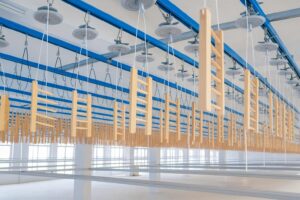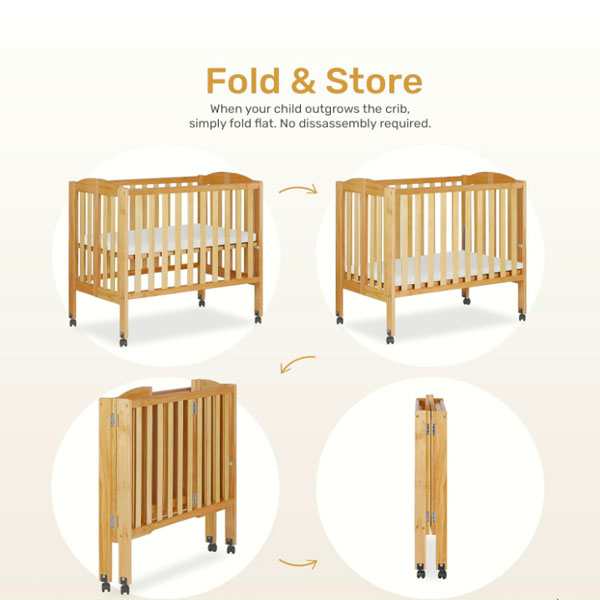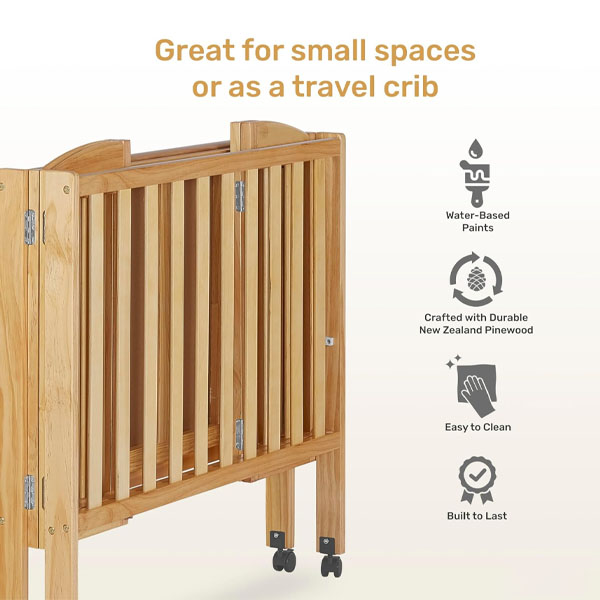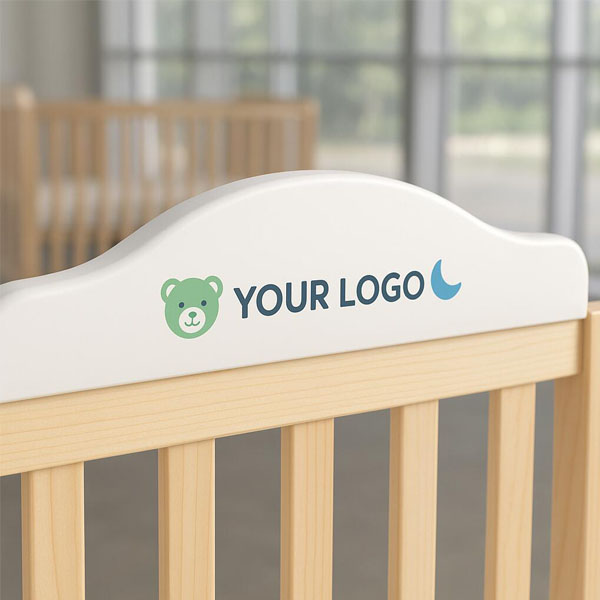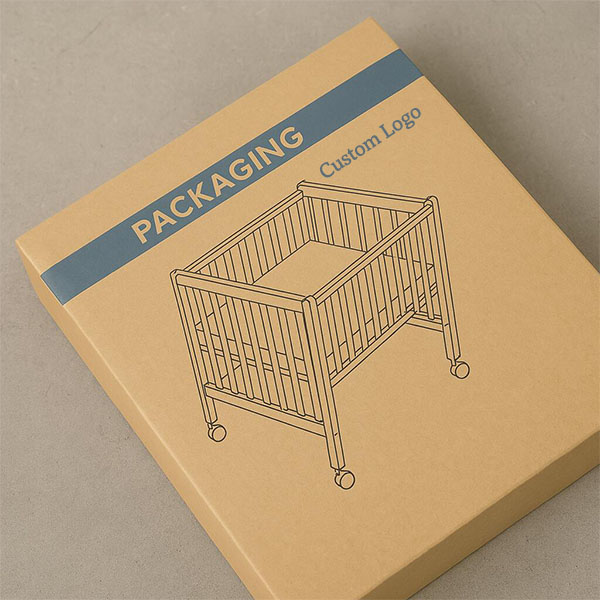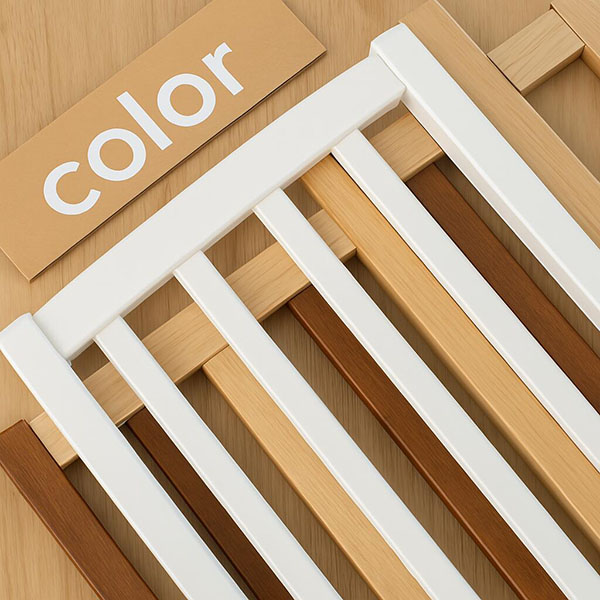What’s a good learning toy to give a newborn?
New parents want to give their baby the best start—but picking a newborn toy that’s both safe and stimulating can feel overwhelming.
The best learning toy for a newborn is a high-contrast black and white toy or mobile. These help stimulate early vision and brain development in the first few months.
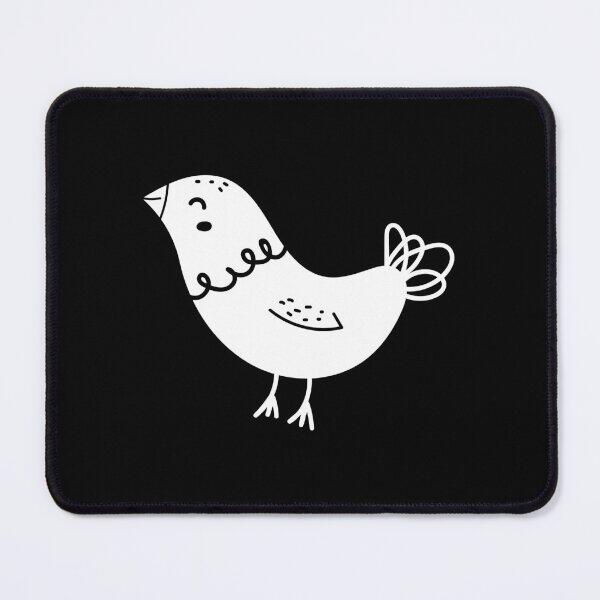
Newborns don’t need complex toys—just simple, sensory-rich objects that match their brain development stage. Let’s explore what actually works, what doesn’t, and why simpler is better.
Why do newborns need learning toys?
Many people assume babies just eat and sleep—learning comes later. Not true.
Newborns benefit from sensory toys that help their brains grow through touch, sound, and vision.
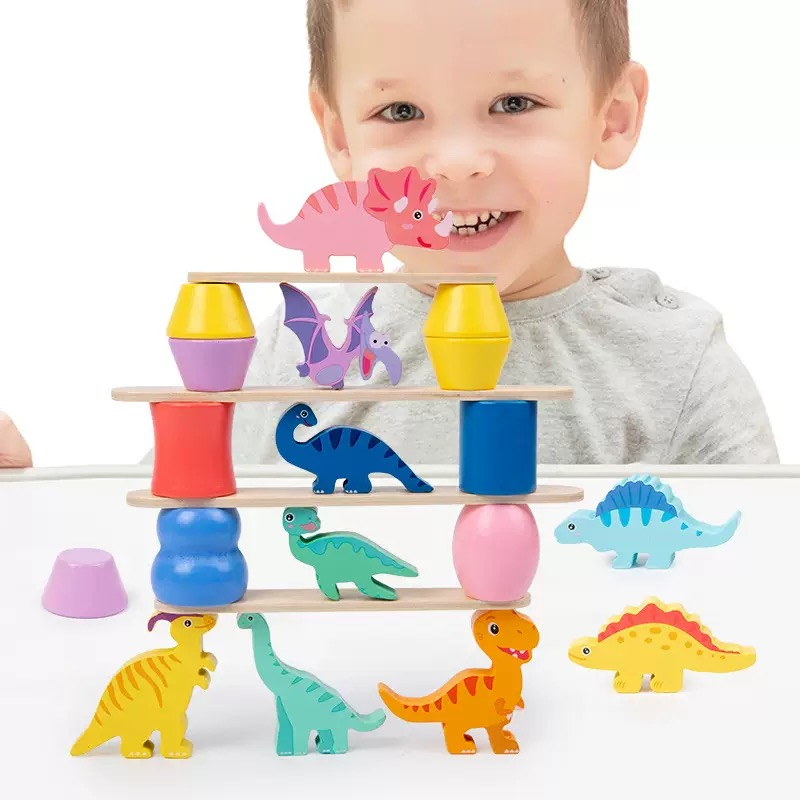
Early brain development starts immediately
The brain grows fast in the first year—faster than at any other time. In just a few months, a baby’s brain creates millions of connections. But it doesn’t happen randomly. These connections are built through interaction—what a baby sees, hears, and touches.
That’s why giving the right kind of toy early on makes a difference. Learning toys for newborns aren’t about ABCs or numbers. They’re about helping babies notice patterns, feel different textures, or react to soft sounds. Even a basic soft rattle can teach cause and effect: “I move my arm, and something makes noise.”
| Toy Type | Stimulates | Limitation |
|---|---|---|
| High-contrast cards | Visual focus, tracking | Limited to visual only |
| Soft rattles | Touch, sound, movement | Needs adult interaction |
| Mobiles | Vision, pattern recognition | Usually only works in crib |
Vision is underdeveloped at birth
Newborns see very poorly at first. Most only see clearly 8–12 inches away, and mostly in shades of gray. That’s why high-contrast toys (usually black and white) are ideal. Bright colors are too subtle for them early on. High-contrast patterns catch their attention and keep their eyes moving, which helps build brain pathways and motor control.
I gave my baby a black and white cloth book with faces and patterns. It was one of the few things that actually held her gaze in the first month. Simple, but powerful.
What features should I look for in a newborn toy?
Many toys say “educational”—but that doesn’t mean they actually help newborns.
Look for toys with high-contrast visuals, soft sounds, gentle textures, and easy-to-grip shapes.
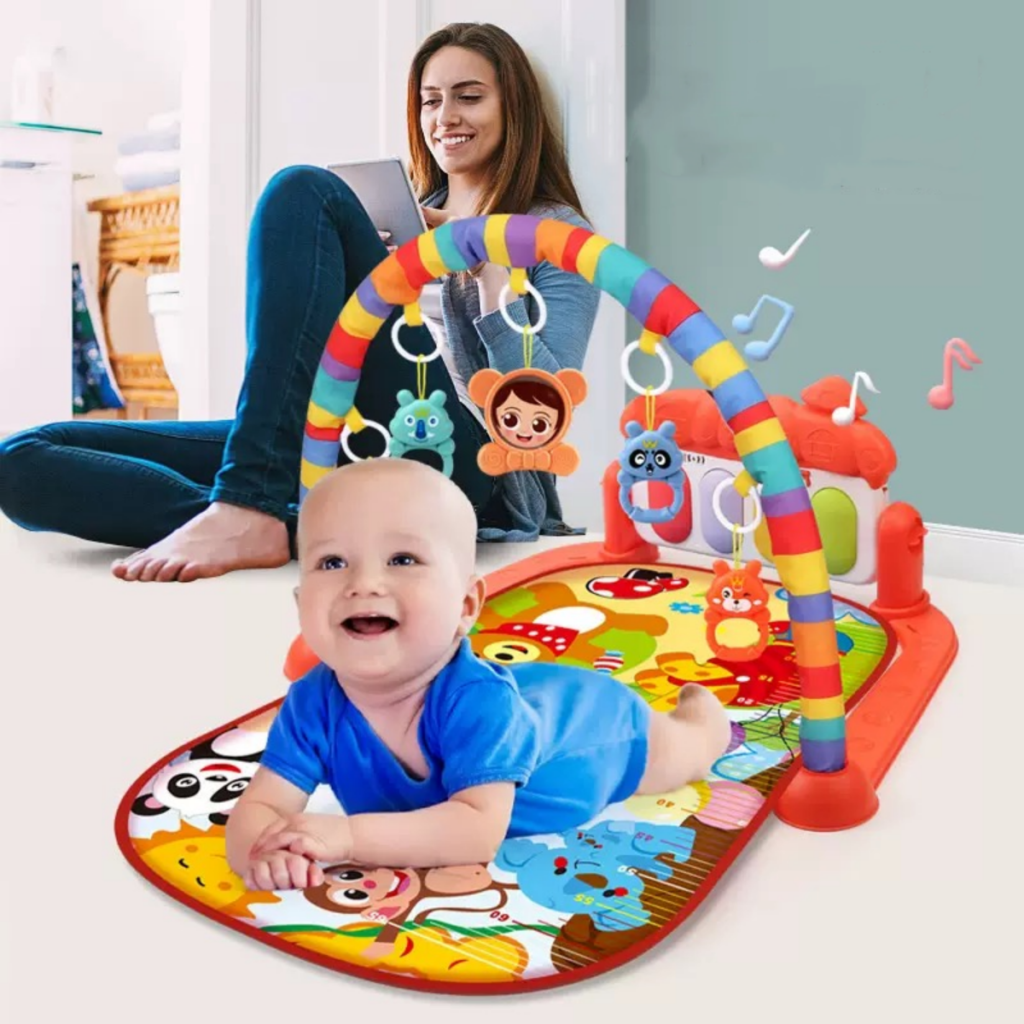
Safety comes first
The best learning toy for a newborn is first and foremost safe. That means no small parts, no sharp edges, and nothing that can tangle or choke. Always check the age recommendation—some “baby” toys are still made for 3 months and up.
Look for these safe options:
- Soft cloth books
- BPA-free teethers
- Fabric mirrors
- Lightweight rattles with large handles
Avoid:
- Plush toys with plastic eyes
- Battery-powered items for newborns
- Toys with loose strings or cords
Gentle sensory stimulation matters
Overstimulating a newborn is real. Bright lights, loud music, and too many textures can actually stress a baby. Instead, go for calm stimulation: soft rattles, a mobile with slow movement, or a toy with just two textures (like soft and crinkly fabric).
One tip: Observe how long your baby engages. A good toy won’t make them fussy. If they turn away or cry, it’s too much. Simpler is better in the newborn stage.
When should I start using learning toys with a newborn?
You can start earlier than you think—if the toy matches the baby’s stage.
Newborns can use learning toys from birth, especially visual or soft sensory ones.
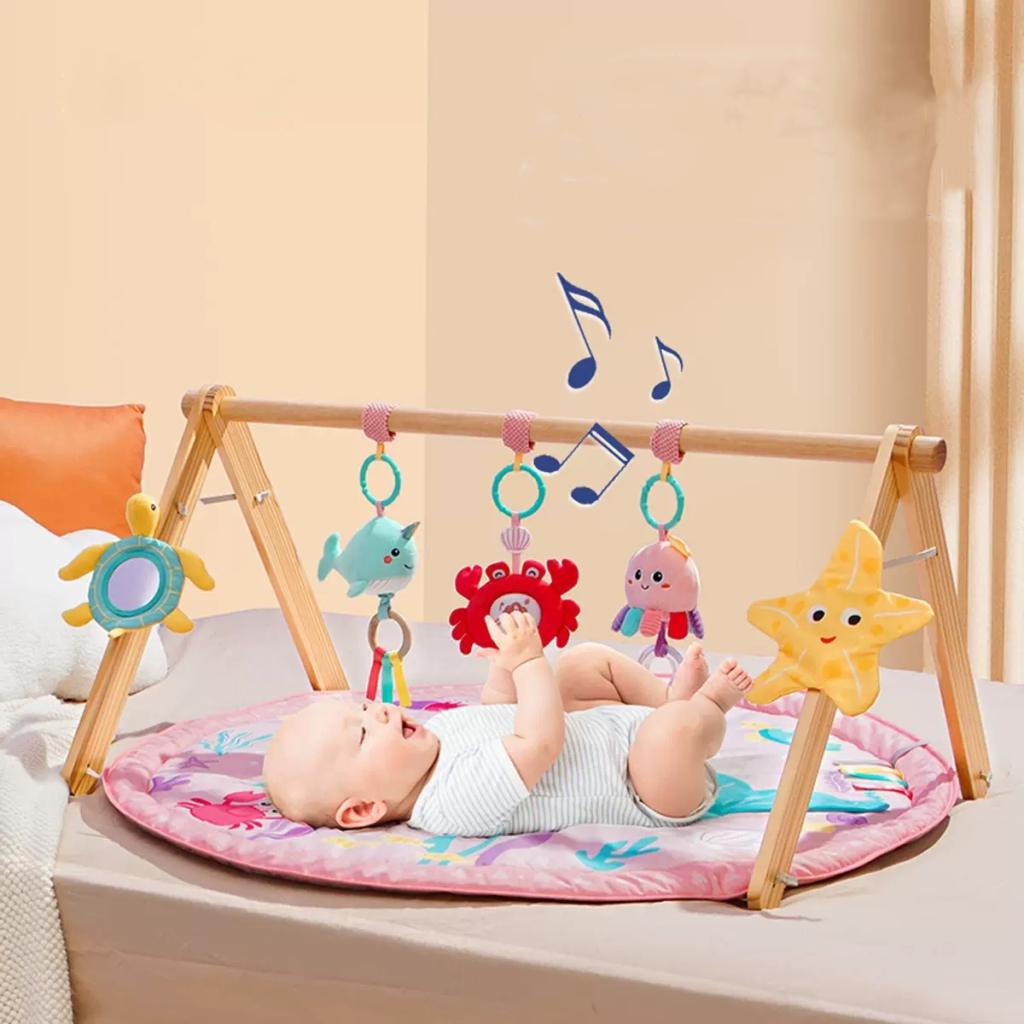
Day 1: Eyes and ears are ready
Even though newborns sleep most of the day, they’re still observing during their awake time. In the first few weeks, focus on black-and-white toys, soft music, and your face. Your face, actually, is the most powerful “toy” of all.
Try this routine:
- Show a black and white card 8 inches away during tummy time.
- Hold a soft rattle near your baby and shake it gently.
- Lay a high-contrast cloth book open next to them during diaper changes.
These moments help wire the brain, without any flashy electronics.
Weeks 3–6: Start adding more
By one month, babies are more alert. You can add a mirror or a playmat with simple hanging shapes. I noticed my daughter started swiping at hanging toys around 5 weeks—not coordinated yet, but clearly trying. That’s a sign they’re ready for cause-and-effect toys like soft rattles or play gyms with arches.
Rotate toys so there’s always something fresh but not overwhelming. One or two items at a time is enough.
Which newborn toys are actually worth buying?
There’s a lot out there, but only a few really help in the newborn stage.
Top newborn learning toys include black and white cards, fabric books, and soft play gyms with gentle textures.
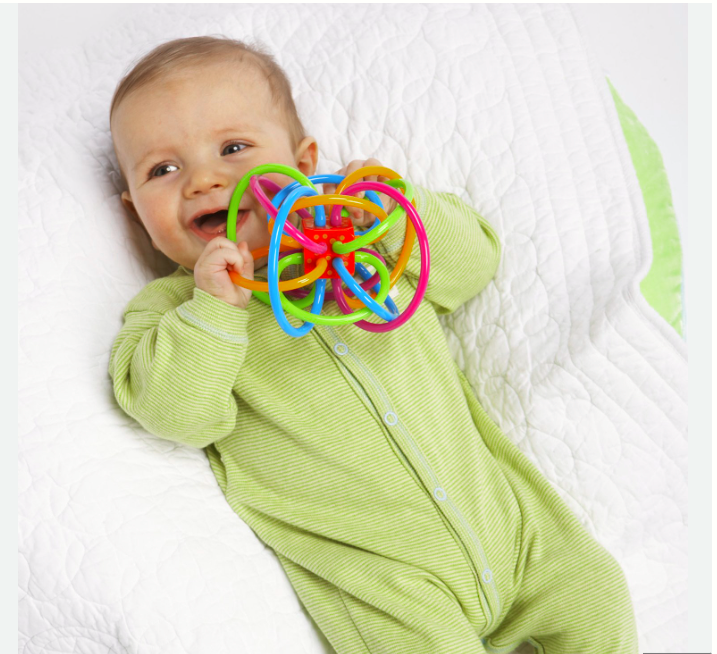
Tried-and-true favorites
After testing a bunch of toys with both my kids, these were the ones we actually used over and over again:
| Toy Name | Why It’s Great | Brand Examples |
|---|---|---|
| Black & white cards | Boost vision, very engaging | Lovevery, Wee Gallery |
| Crinkle fabric book | Combines sound, texture, and vision | Teytoy, Lamaze |
| Mirror toy | Babies love faces, even their own | Sassy, Skip Hop |
| Play gym | Grows with baby, great for tummy time | Fisher-Price, Baby Einstein |
I’d avoid big toy sets. One good toy is better than ten mediocre ones. And don’t forget: your voice, your face, and your cuddles are the best “learning toys” they’ll ever need.
Conclusion
Start with simple, sensory-rich toys like black and white cards or soft rattles to help your newborn’s brain grow.

